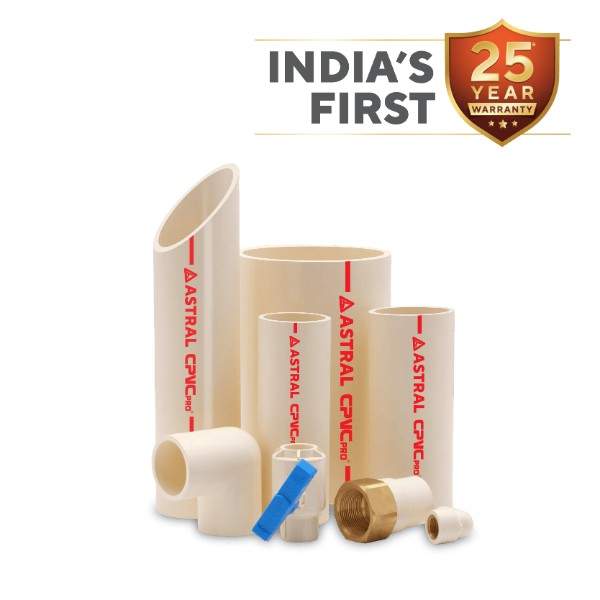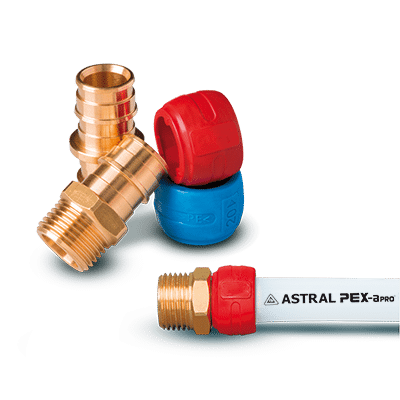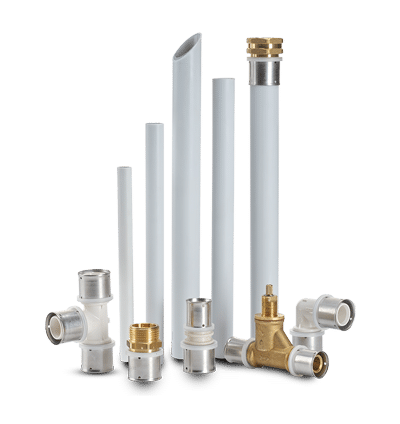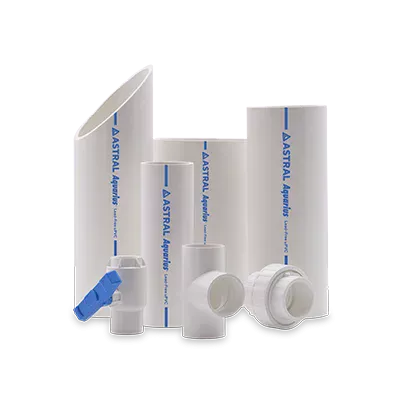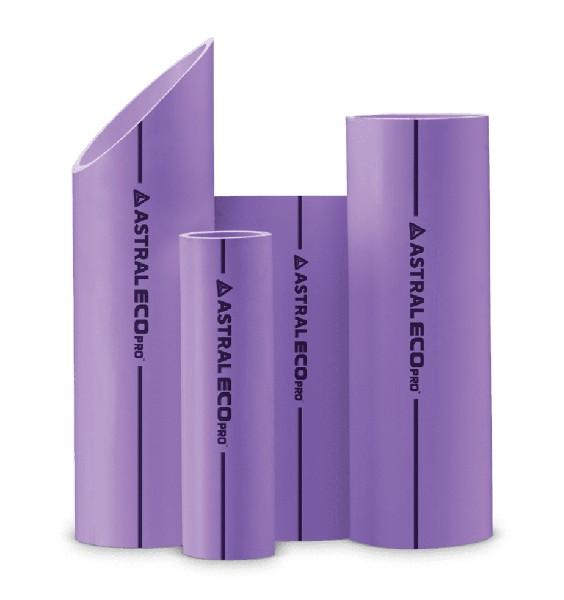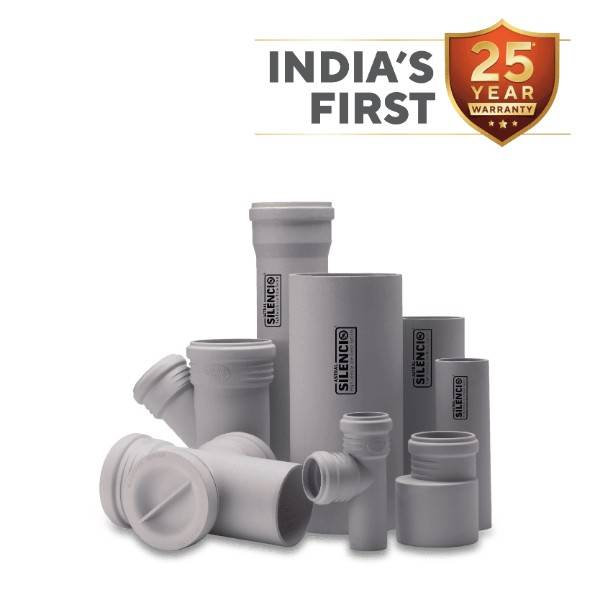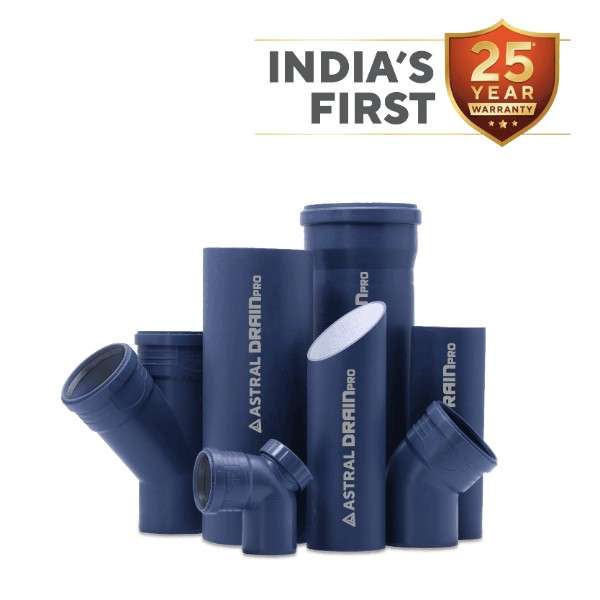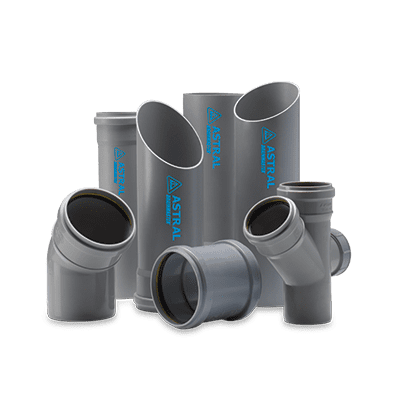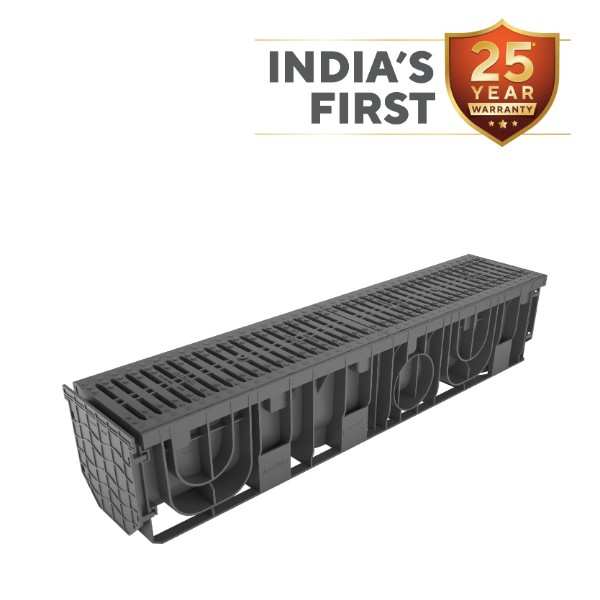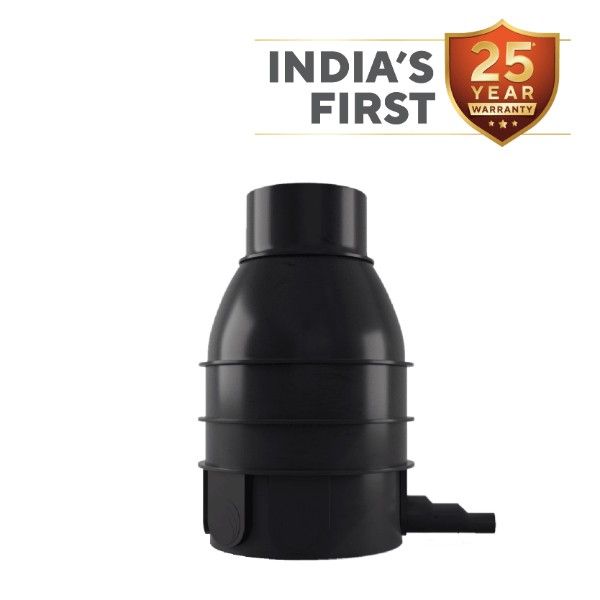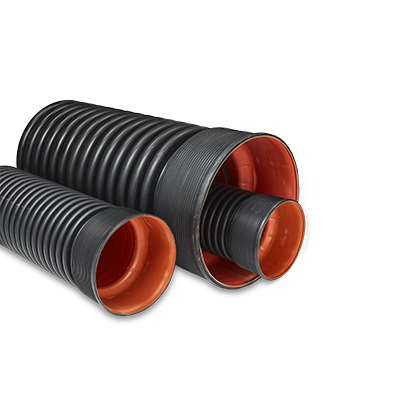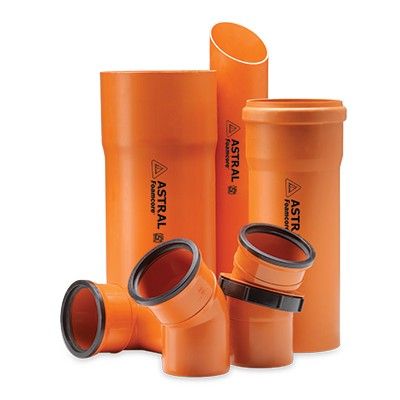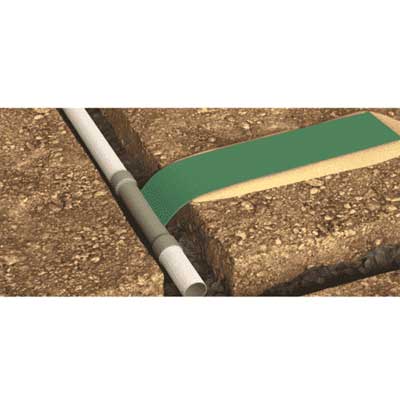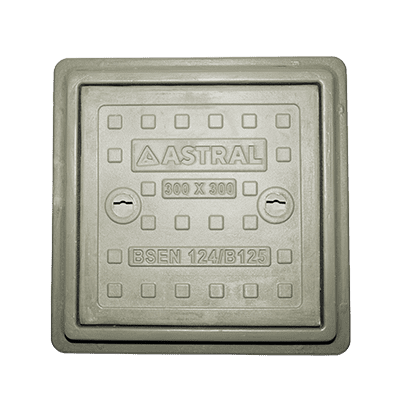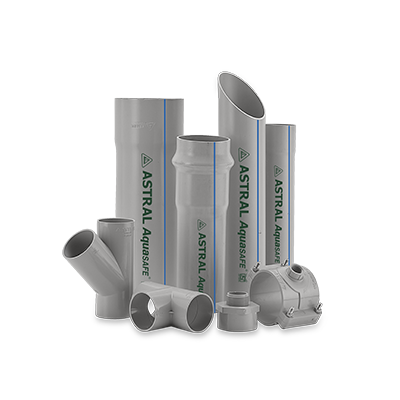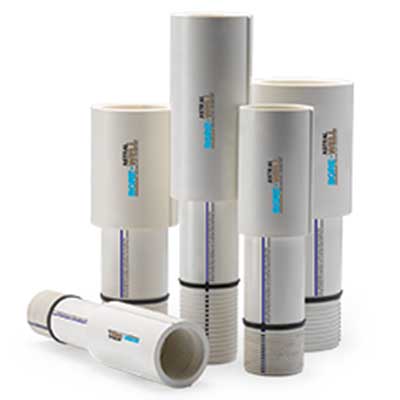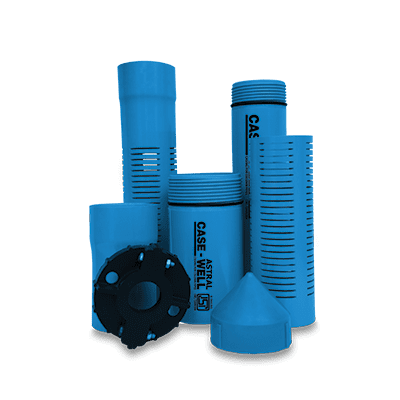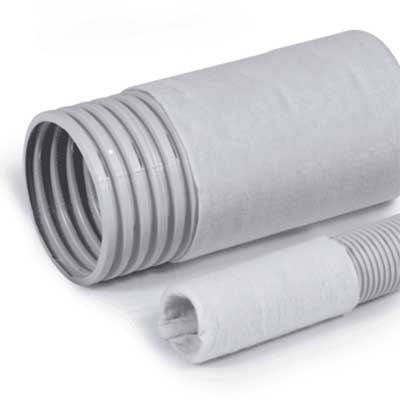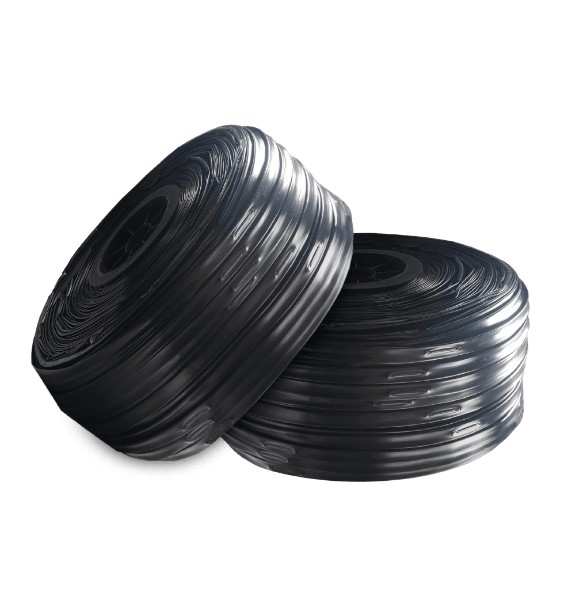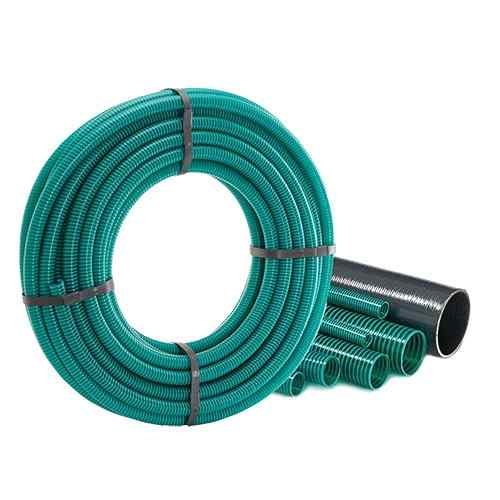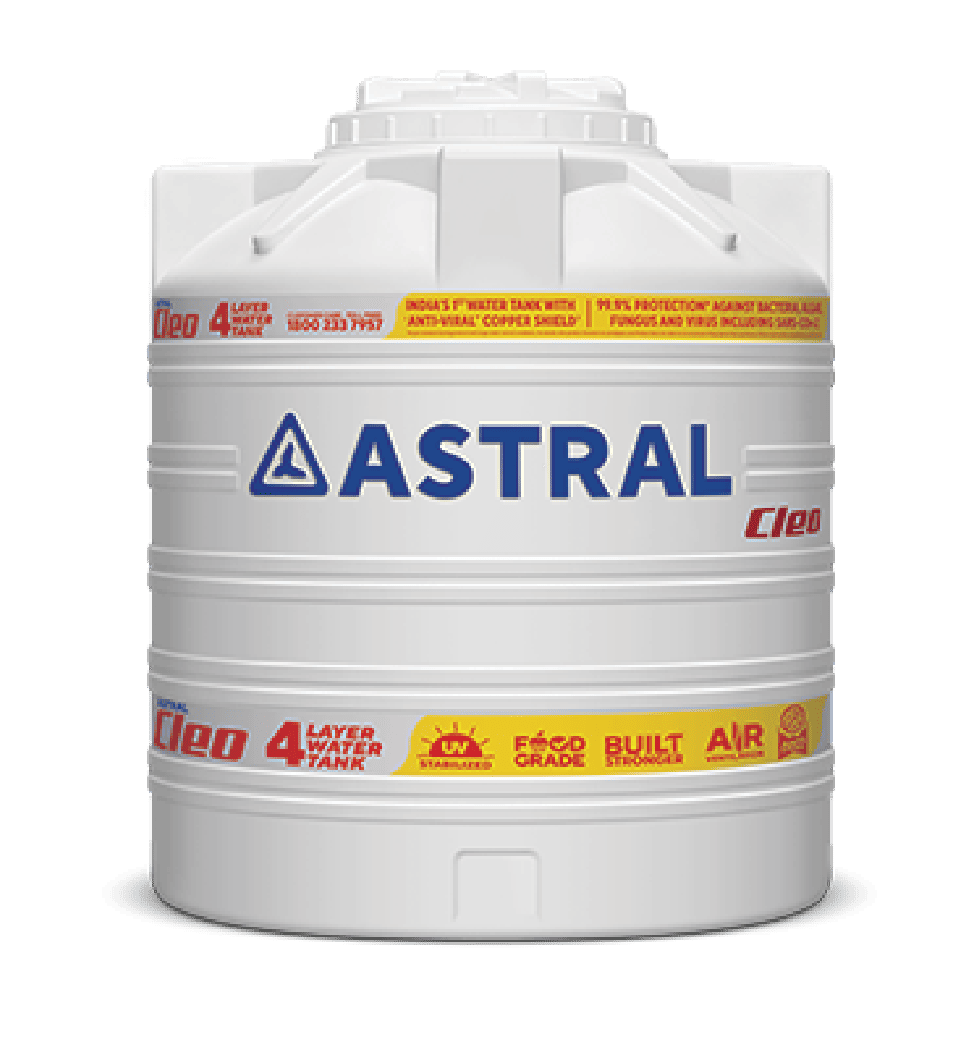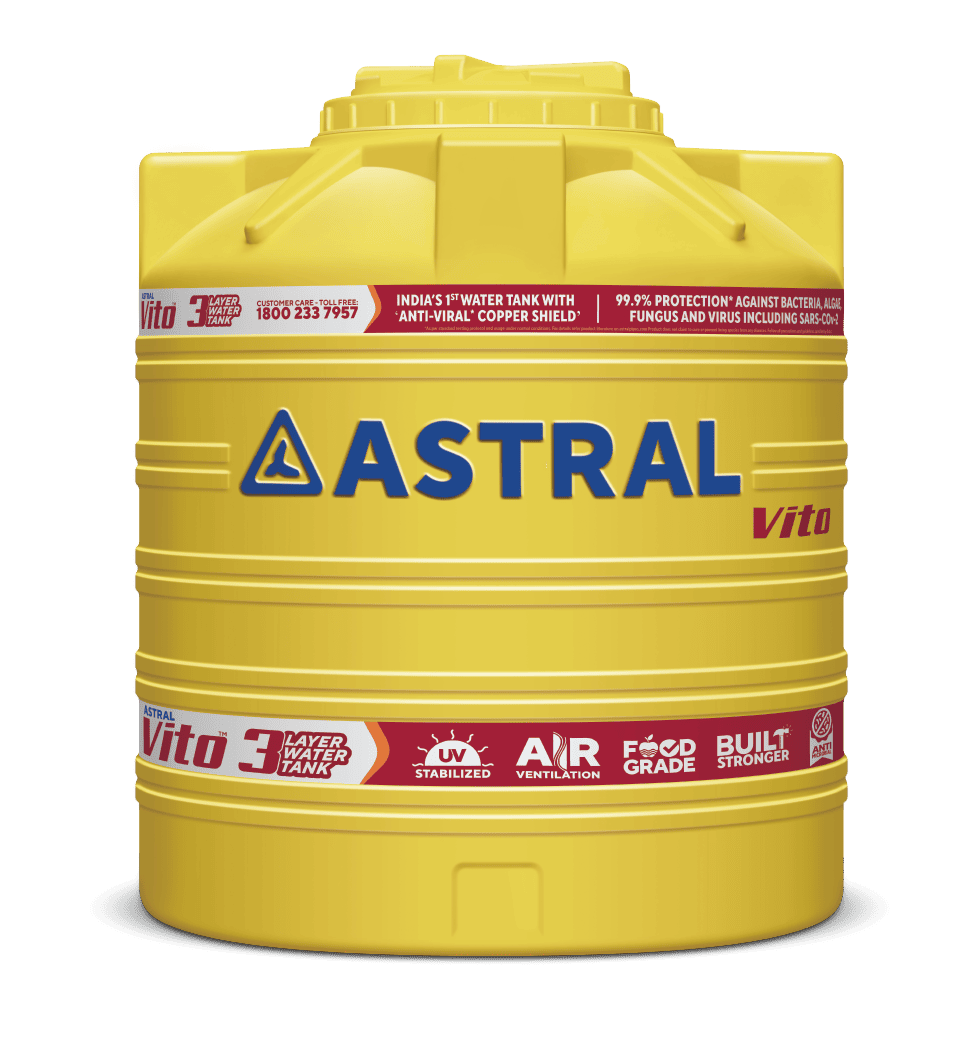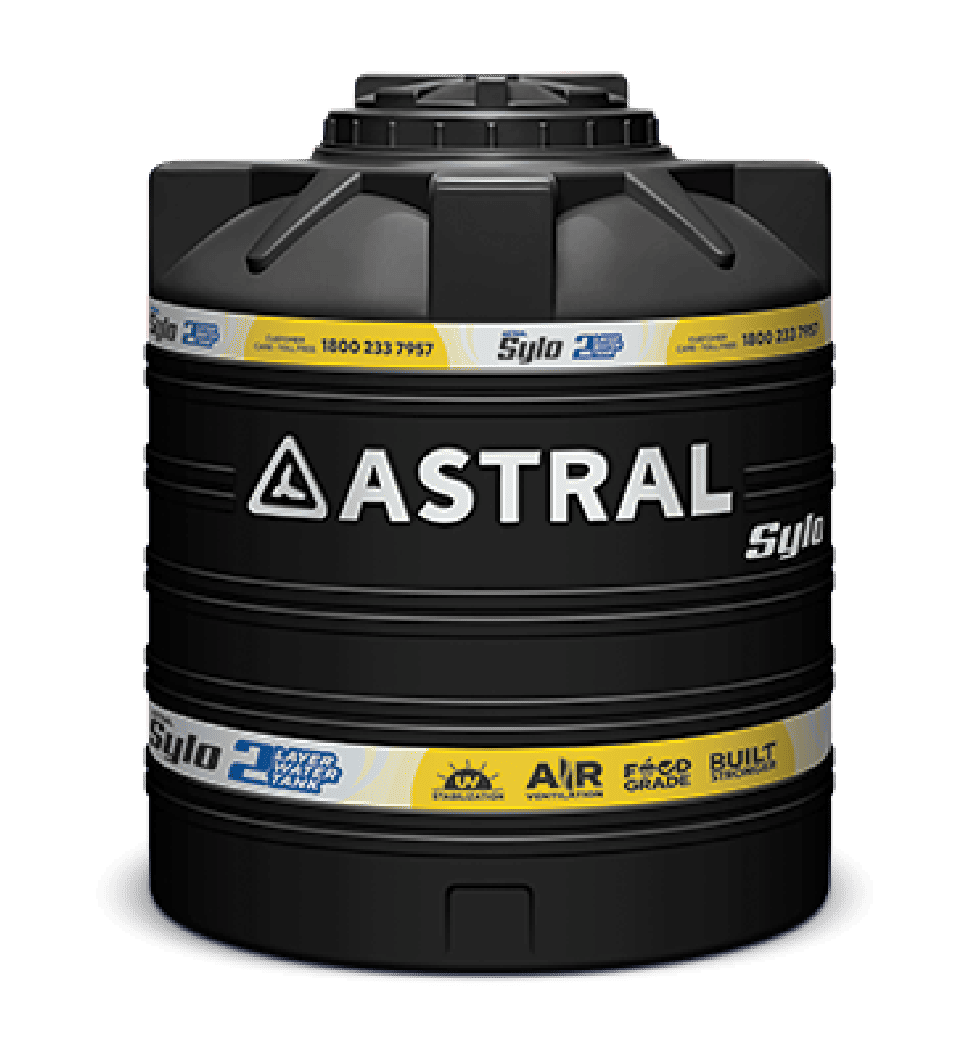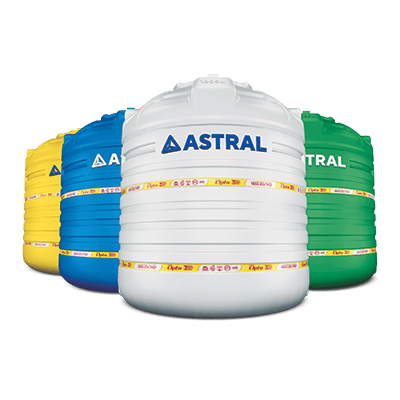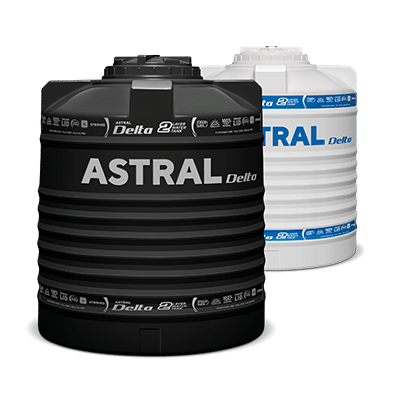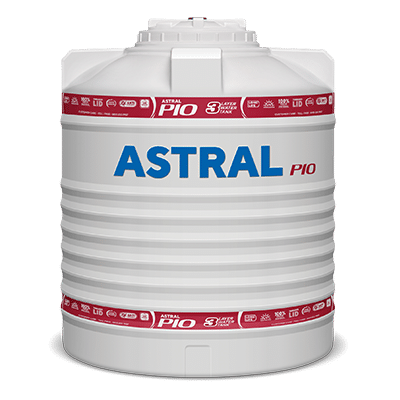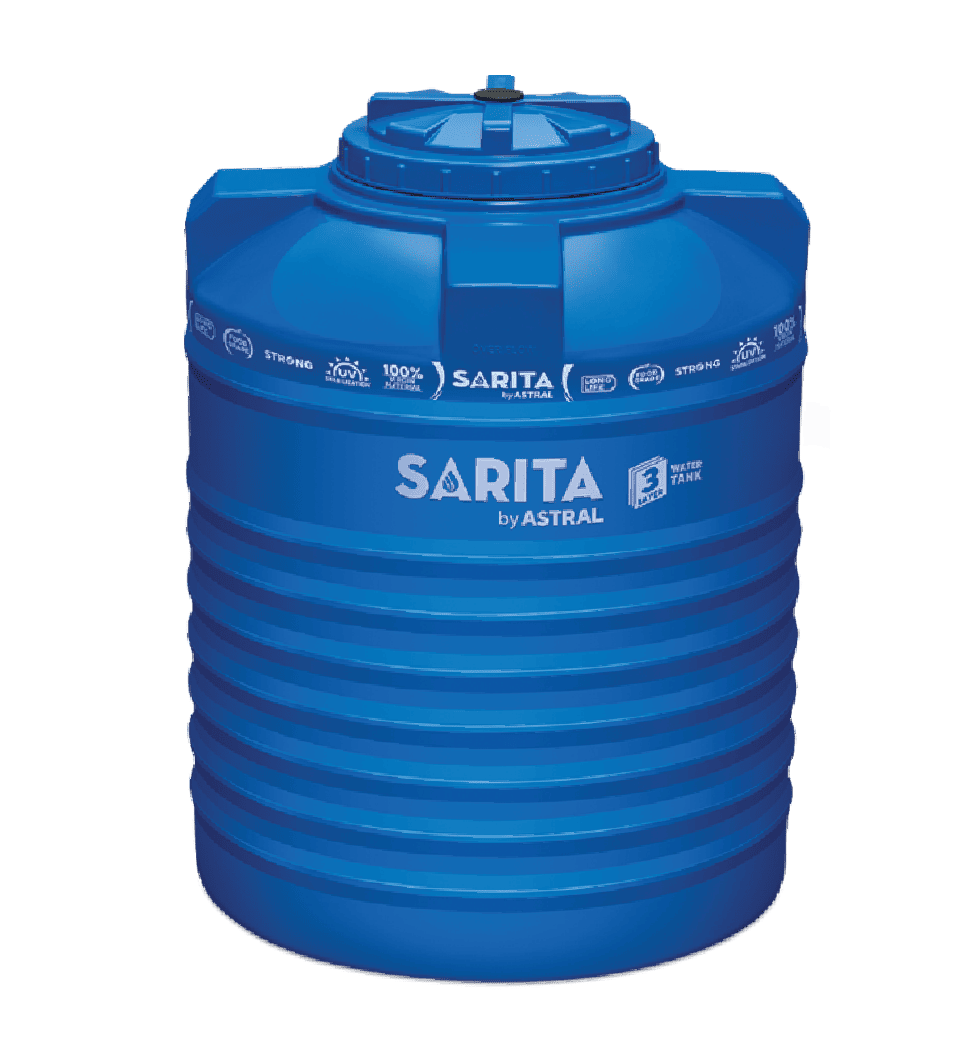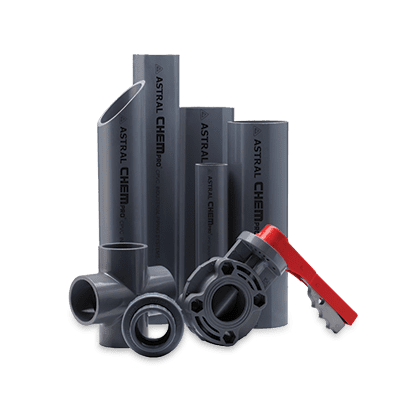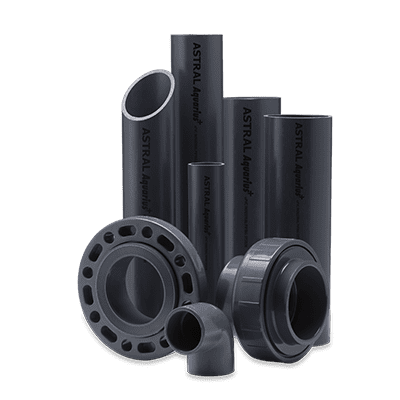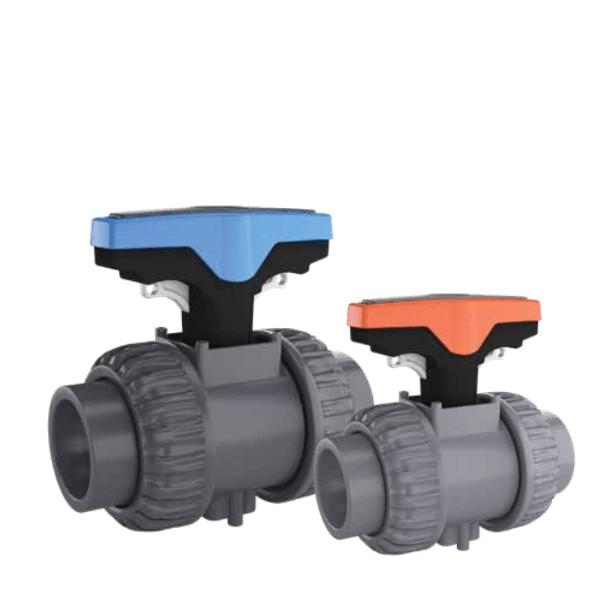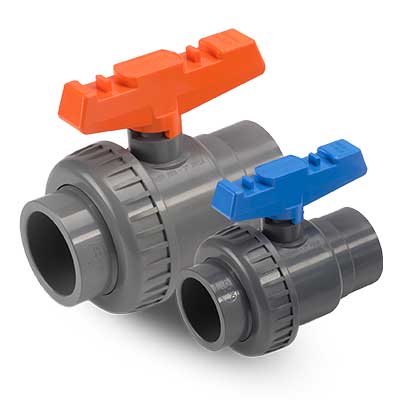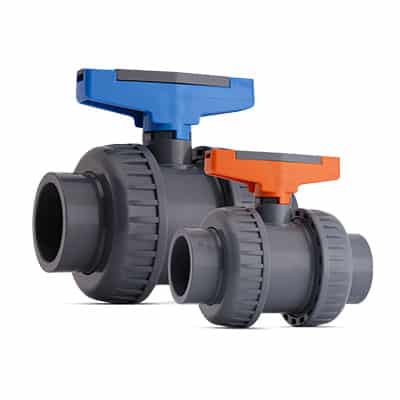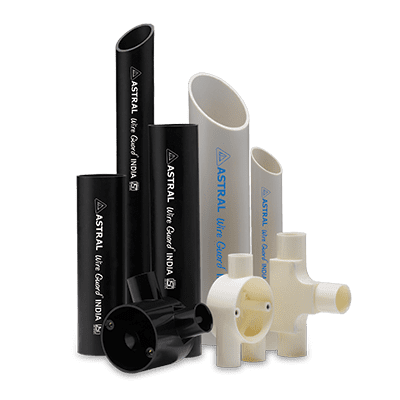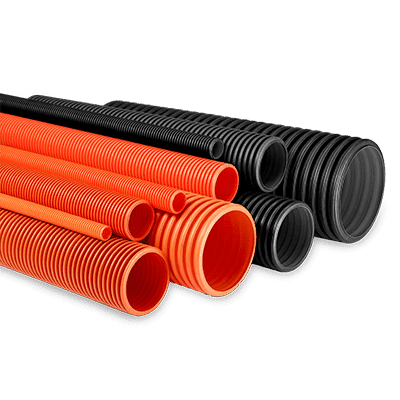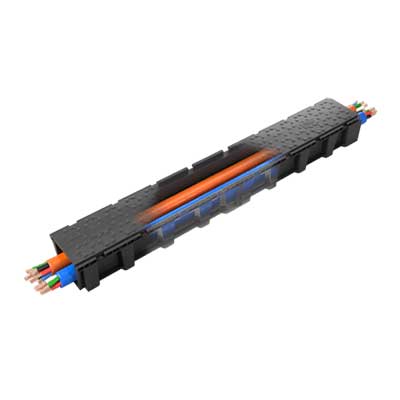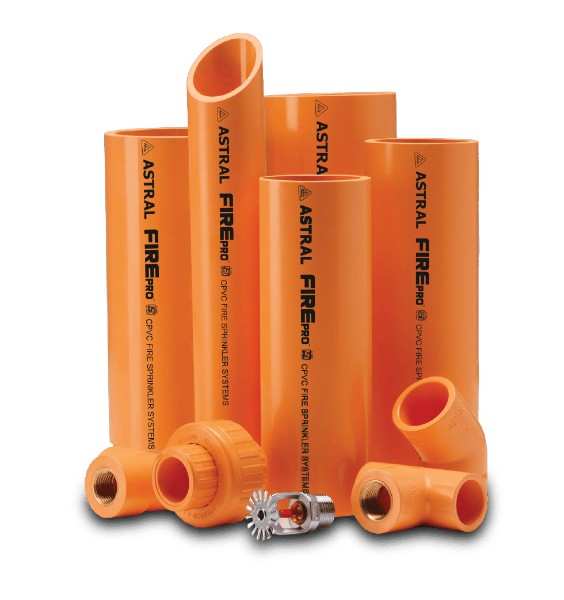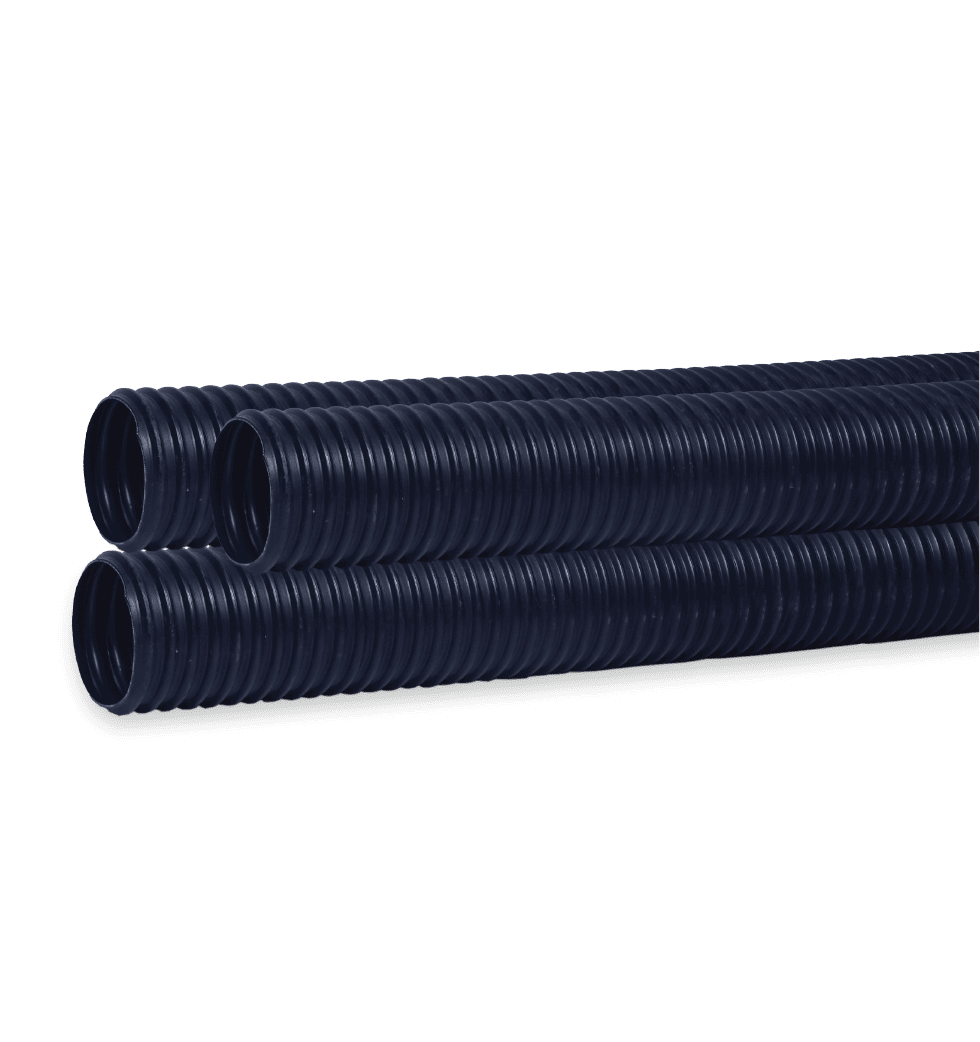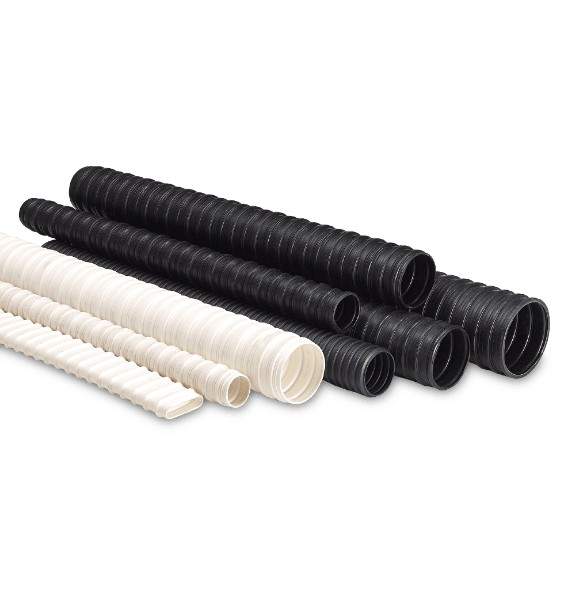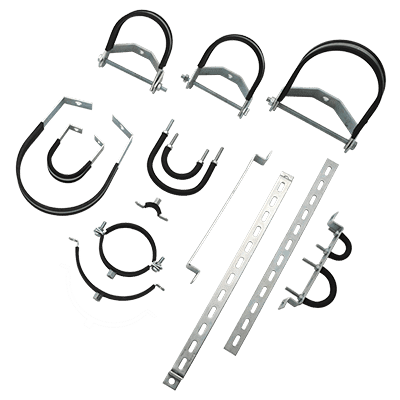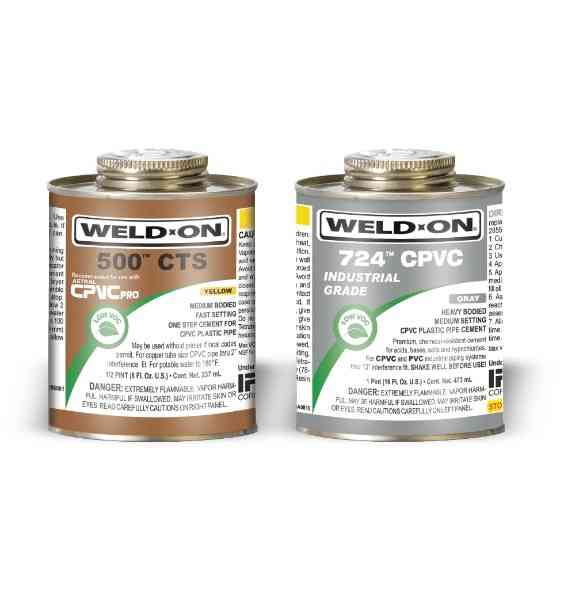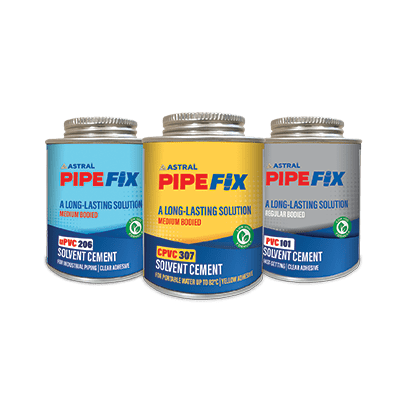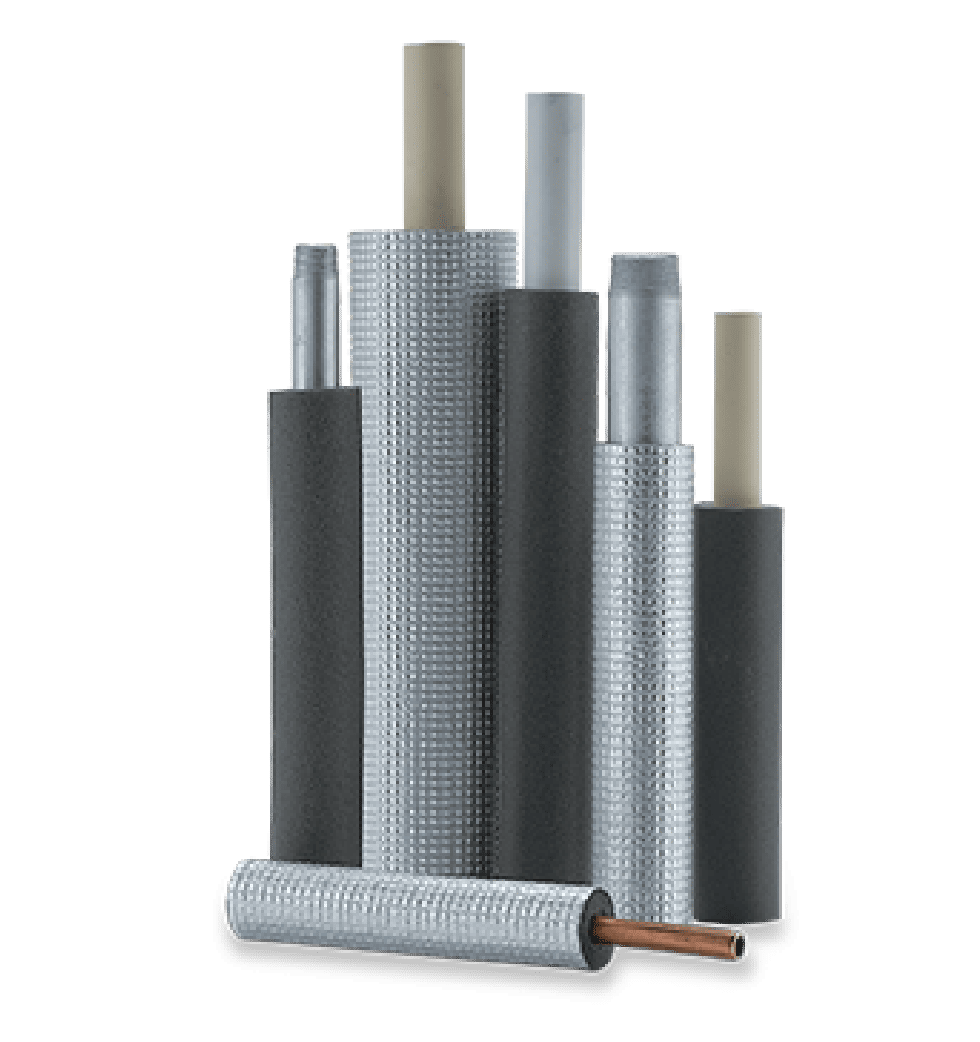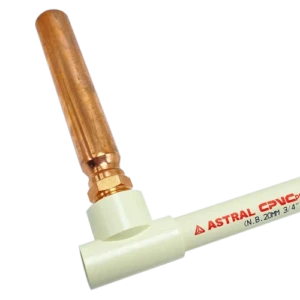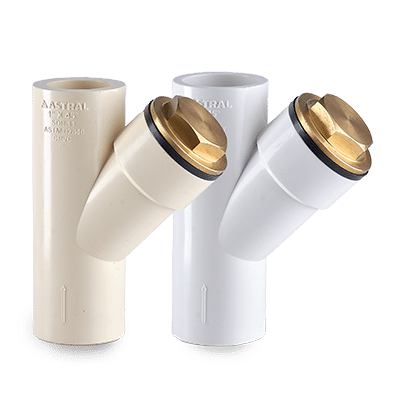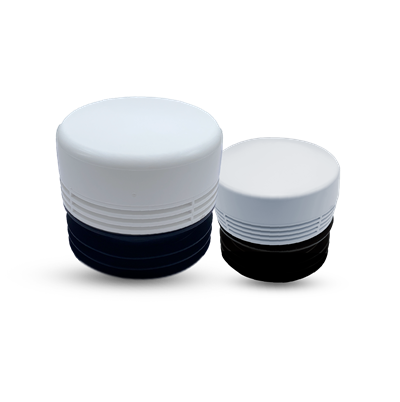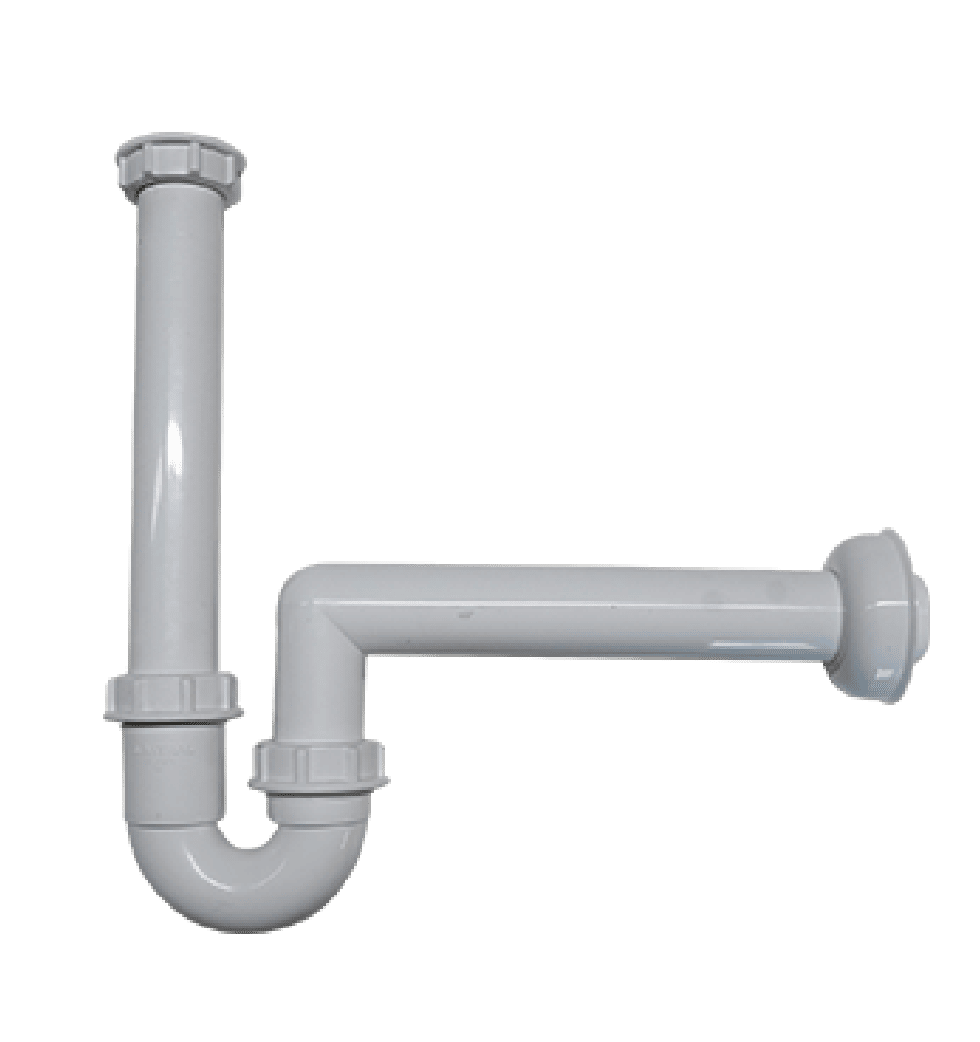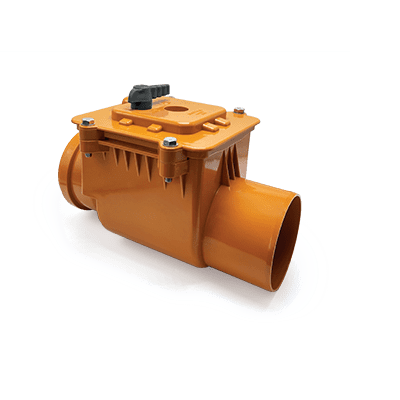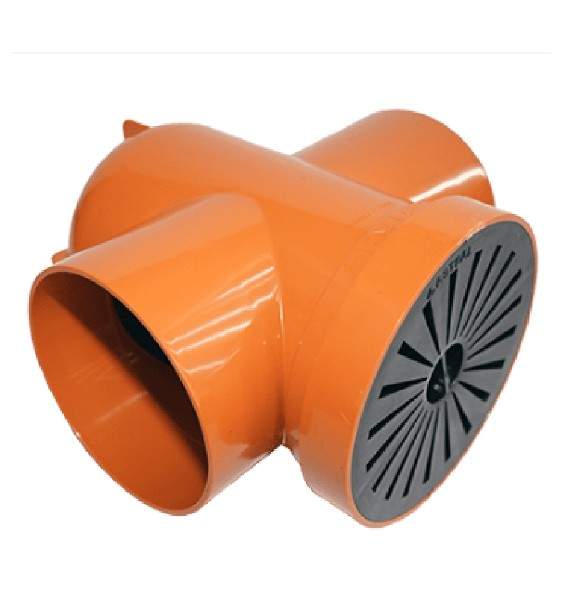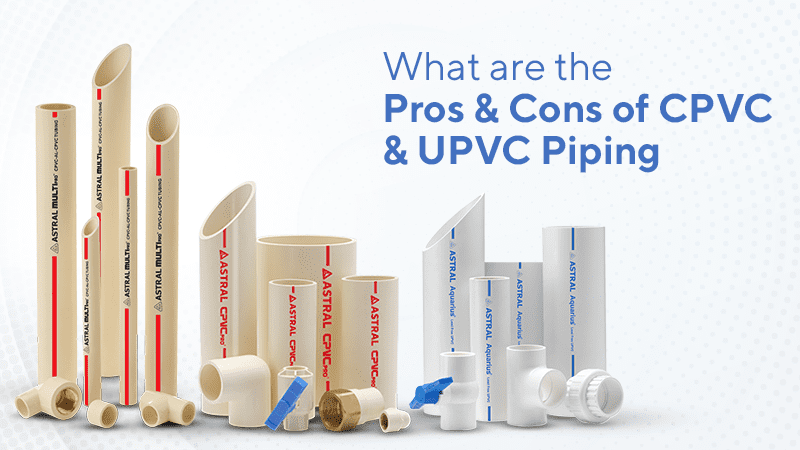
07 Jun 2024
What are the Pros and Cons of CPVC and uPVC Piping?
Selecting the appropriate pipes and fittings is critical to ensure plumbing systems’ longevity, efficiency and safety. Today, CPVC pipes and uPVC pipes are two commonly used modern alternatives that surpass the limitations of their predecessors, PVC pipes.
Built on the foundation of PVC, uPVC pipes and CPVC pipes are refined to provide enhanced durability, safety and resistance to meet the ever-changing demands of modern problems.
In this blog, we will delve into the pros and cons of uPVC pipes and CPVC pipes to help you distinguish their features and applications and make informed choices, ensuring effective plumbing systems right pipes and fittings.
Understanding CPVC Pipes and Fittings
Chlorinated Polyvinyl Chloride (CPVC pipes) is a thermoplastic upgrade of PVC pipes created by the chlorination process. This procedure adds chlorine atmos to the PVC backbone and improves and enhances the overall properties of CPVC pipes and fittings.
Pioneered in India by Astral Pipes, CPVC pipes have grown in popularity for plumbing systems but have their pros and cons that you must be aware of.
Advantages of CPVC Pipes
- Temperature Resistance: CPVC pipes and fittings have higher temperature resistance, making them ideal for hot water applications. It can withstand extreme temperatures, expanding its application areas from residential and commercial to industrial.
- Chemical Resistance: The chlorination process improves the resistance of CPVC pipes to corrosion, scaling and pitting. This feature increases the longevity of CPVC pipes, particularly in conditions with high chemical exposure.
- Mechanical Strength: Despite being lightweight and easy to handle, CPVC pipes and fittings have robust mechanical qualities that make them reliable and durable for various weather conditions, including high-pressure applications.
- Fire Resistance: CPVC pipes are self-extinguishing and do not sustain combustion when the external heat source is eliminated, making it ideal to ensure continuous operation and reliability of the fire sprinkler system.
Disadvantages of CPVC Pipes
- Specialised Application: CPVC pipes and fittings are available in various types, each manufactured to cater to different plumbing requirements. This necessitates careful selection of CPVC pipes as opting for the wrong one may limit their usefulness.
- Improper Installation: CPVC pipes support easy installation but wrong installation such as inappropriate solvent cement application can result in leaks. Proper installation requires adhering to manufacturer specifications.
- Insufficient Maintenance: While CPVC pipes and fittings are corrosion-resistant they still require maintenance if exposed to extreme circumstances or aggressive chemicals. Neglecting maintenance can result in increasing problems over time.
Understanding uPVC Pipes and Fittings
Unplasticised Polyvinyl Chloride (uPVC pipes) is a powerful and long-lasting upgrade to PVC pipes. uPVC pipes and fittings are known for their chemical resistance, cost-effectiveness and robust qualities, widely used in water supply, sewage systems and underground drainages.
Advantages of uPVC Pipes
- Versatility: uPVC pipes are manufactured to cater to various plumbing applications such as Astral Aquarius for lead-free potable water supply, Astral Case-Well and Bore-Well for subterranean drainage systems with I-Beam technology and many others.
- Durability: uPVC pipes and fittings are highly durable and resistant to corrosion. This helps to ensure a long lifespan for plumbing systems and is also less susceptible to degradation due to chemical and environmental exposure.
- Non-Toxic: uPVC pipes are non-toxic and lead-free which makes them suitable for transporting drinkable water.
- Chemical and UV Resistance: uPVC pipes and fittings are resistant to chemicals and UV exposure which makes them appropriate for outdoor applications and regions that receive direct sunlight.
Disadvantages of uPVC Pipes
- High Temperature: uPVC pipes and fittings may not be suitable for high-temperature applications. In conditions exposed to increased temperature tolerance, CPVC may be a superior option.
- Fire Resistance: uPVC pipes are not as fire resistant as CPVC. Moreover, they are not particularly combustible and can contribute to the spread of fire under specific conditions.
The difference between CPVC and uPVC pipes goes beyond their acronyms, influencing their applications and suitability for various settings. While they share a PVC foundation, they both are manufactured to overcome the limitations of PVC pipes.
Astral’s Commitment
As a pioneer of CPVC pipes and fittings in India, Astral Pipes has set new benchmarks with productions like Astral CPVC Pro and Astral Multi Pro which embody high-temperature resistance and durability whereas Astral Aquarius uPVC pipes for lead-free solutions.
This illustrates Astral’s commitment to safety and equipping modern India with modern solutions. All-in-all, being aware of the pros and cons of uPVC pipes and CPVC pipes will help you make an informed choice that meets your requirements.
If you want to understand more about Astral’s commitment to upgrading the pipes and fittings sector, read our blog–The Benefits Of UPVC Pipes For Your Home Or Office
-
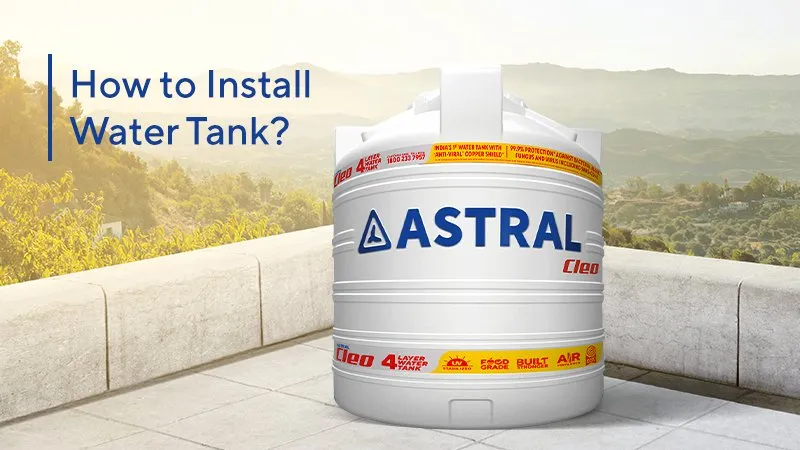
16 Apr 2025
How to Install Water Tank? -
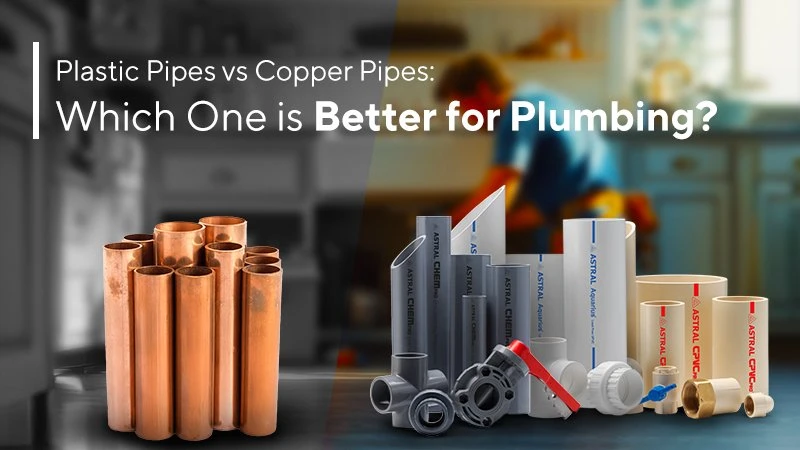
09 Apr 2025
Plastic Pipes vs Copper Pipes: Which One is Better for Plumbing? -
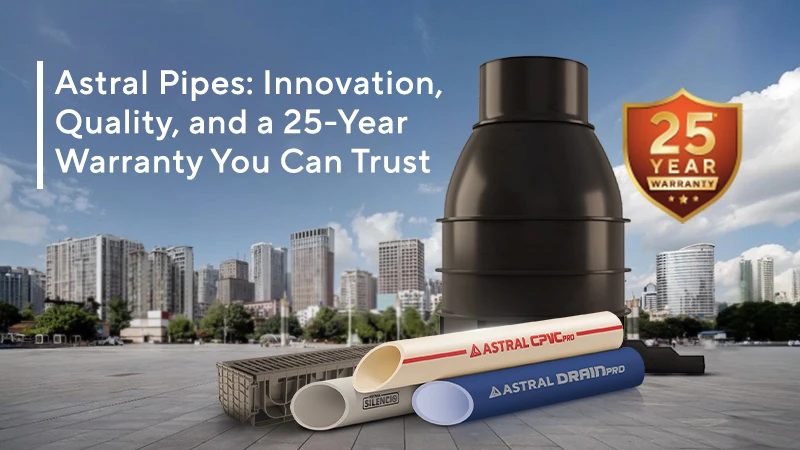
04 Apr 2025
Astral Pipes: Innovation, Quality, and a 25-Year Warranty You Can Trust -
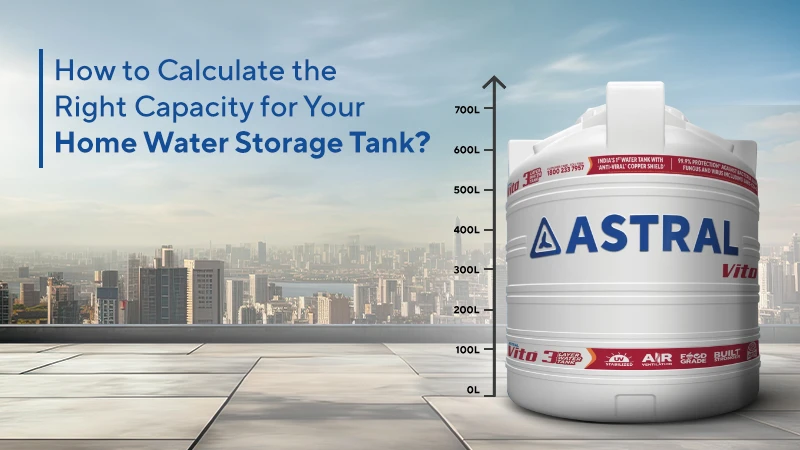
31 Mar 2025
How to Calculate the Right Capacity of Your Home Water Storage Tank? -
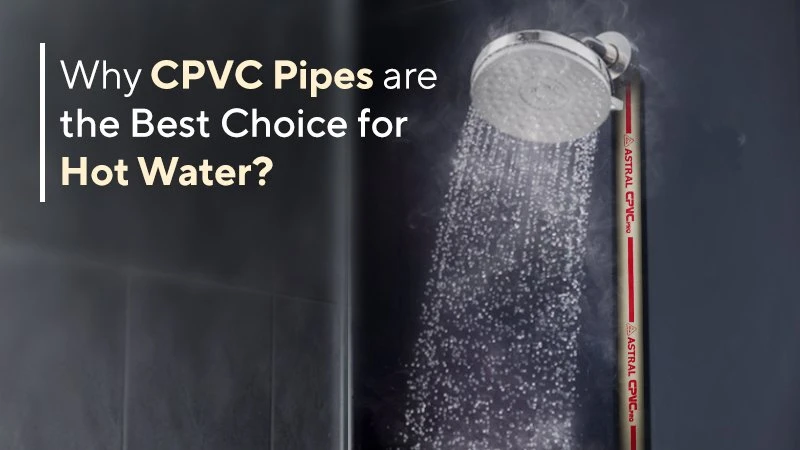
25 Mar 2025
Why CPVC Pipes are the Best Choice for Hot Water?


